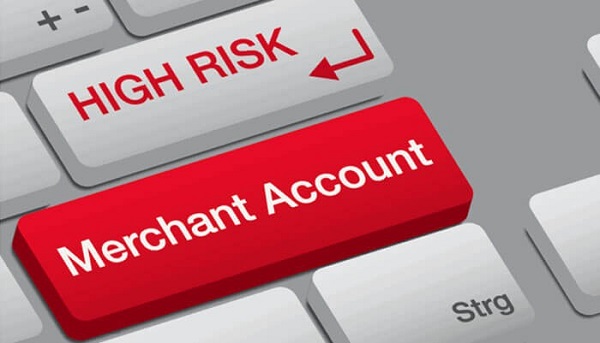- Card Not Present (CNP) Transactions: In mail-order transactions, the merchant doesn’t physically see the credit card or the cardholder. This makes it easier for fraudulent transactions to occur, as the traditional security features like chip-and-pin or card swiping are not in place.
- Higher Incidence of Chargebacks: Due to the nature of mail-order transactions, customers might dispute charges more frequently. They may claim not to have received the ordered goods or services, leading to chargebacks. Chargebacks can be costly for banks and merchants, and high chargeback rates are often associated with high-risk businesses.
- Limited Verification Methods: Verifying the identity of the cardholder in mail-order transactions is more challenging compared to face-to-face transactions. Merchants rely on information provided by the customer, such as the credit card details and shipping address, which may not be as reliable as in-person verification methods.
- Potential for Fraud: The lack of physical presence makes mail-order transactions more susceptible to fraud. Criminals may use stolen credit card information for online purchases without the need for a physical card.
- Regulatory Compliance Challenges: Mail-order merchants may face challenges in complying with various regulations, particularly if they operate internationally. Different regions may have varying rules and requirements for online transactions, adding complexity to compliance efforts.
- High Ticket Sizes: Mail-order transactions, especially in certain industries, may involve high ticket sizes. Higher transaction amounts can attract more scrutiny and are often associated with increased risks for banks and financial institutions.
- Industry Type: The industry in which the merchant operates also plays a role. Some industries, such as adult entertainment, online gambling, or certain types of e-commerce, are inherently considered higher risk, and mail-order transactions within these industries may face additional scrutiny.

